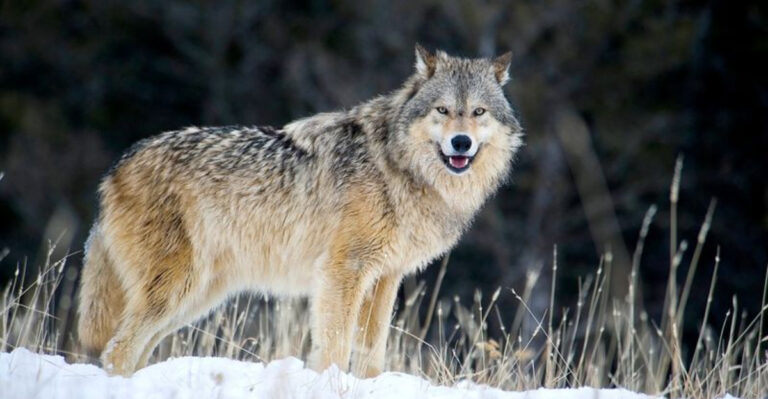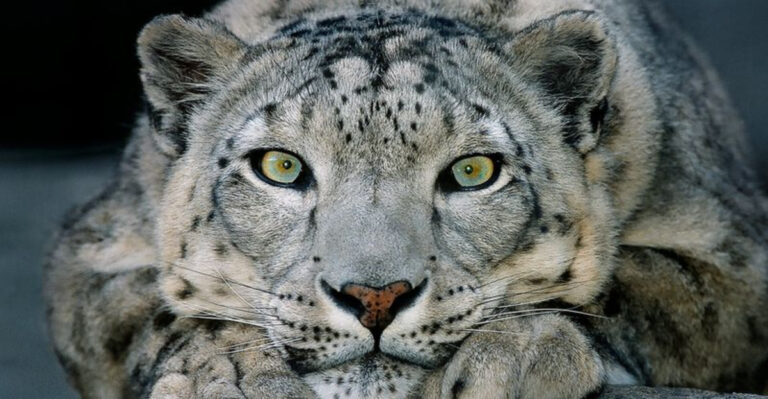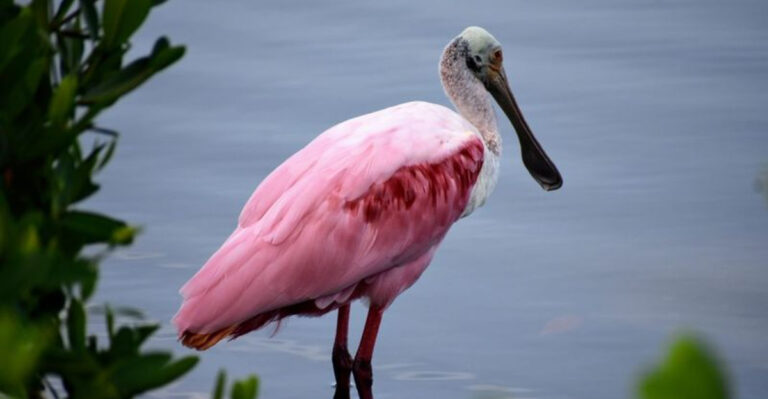The Most Lethal Extinct Snakes You Never Knew Existed
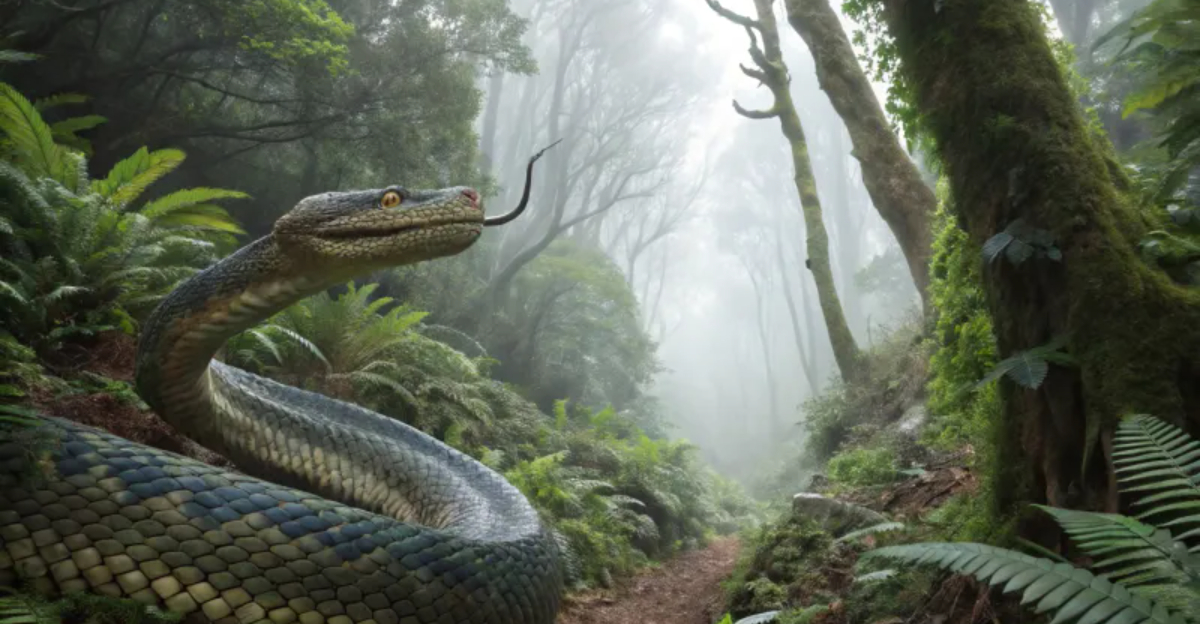
Embarking on a journey through the annals of time, we uncover the stories of some of the most formidable serpents that once roamed the Earth.
These extinct snakes, shrouded in mystery and menace, provide a fascinating glimpse into a world where their presence struck both fear and awe.
Let’s explore these legendary creatures whose legacies continue to slither through the corridors of history, leaving us both intrigued and cautious.
1. Titanoboa
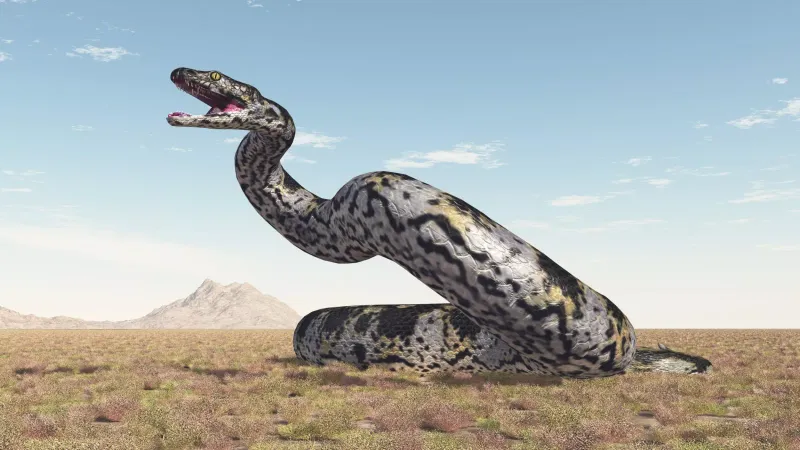
In ancient Colombia’s steamy swamps lived a serpent of colossal proportions—the Titanoboa. This prehistoric giant, measuring up to 42 feet, was a true testament to nature’s ability to craft awe-inspiring creatures.
Imagine the dense jungle, where the heavy, humid air clung to every surface, and within this verdant labyrinth lurked the powerful Titanoboa.
Its sheer size was intimidating, making it the apex predator of its time. The Titanoboa’s preferred habitat was likely the rain-soaked forests, where it could easily camouflage itself amidst the lush greenery. This stealth, combined with its immense strength, allowed it to constrict its prey with incredible force.
Fascination with the Titanoboa continues today, as scientists study fossils to understand its role in the ecosystem. Though extinct, its legacy endures, captivating those who wonder what it might have been like to encounter such a formidable creature.
2. Madtsoia
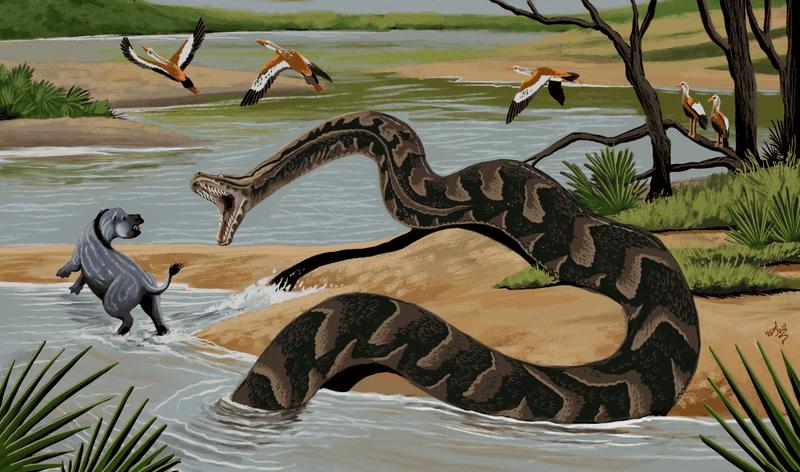
Amidst the arid landscapes of prehistoric Australia, the Madtsoia made its home. This snake, with its elongated body, displayed a remarkable adaptation to its environment. Imagine a creature that thrived in a world where water was scarce, yet it moved with such grace and intent.
The Madtsoia, unlike many of its contemporaries, showcased a unique evolutionary path. Its presence in the Australian ecosystem was significant, as it filled a niche that few others could. This snake was not just a predator but an integral part of the environment.
The legacy of Madtsoia is a testament to the diverse evolutionary paths snakes have taken. Studying its fossils reveals much about the changing climate and geology of ancient Australia.
Its extinction marked the end of a unique chapter in the Earth’s natural history, yet it continues to intrigue scientists and enthusiasts alike.
3. Wonambi
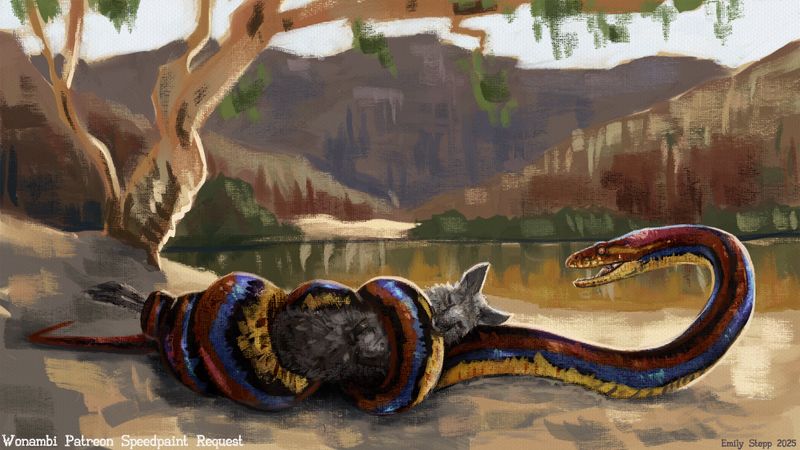
In the ancient river systems of Australia, the enigmatic Wonambi reigned supreme. This giant snake, capable of reaching lengths that defy modern imagination, was a master of its aquatic environment.
Picture a serene river, its surface undisturbed, hiding beneath it the formidable presence of the Wonambi. Its hunting strategy was one of patience and precision, lying in wait to ambush unsuspecting prey.
The Wonambi’s existence in these waters was a crucial element of the region’s ecological balance. Though now extinct, Wonambi’s story is pieced together through fossil records, offering insights into its life and times.
Its disappearance signified a profound shift in the ecological dynamics of ancient Australia, yet its legend lingers, captivating those who study the prehistoric past for clues of life that once was.
4. Gigantophis
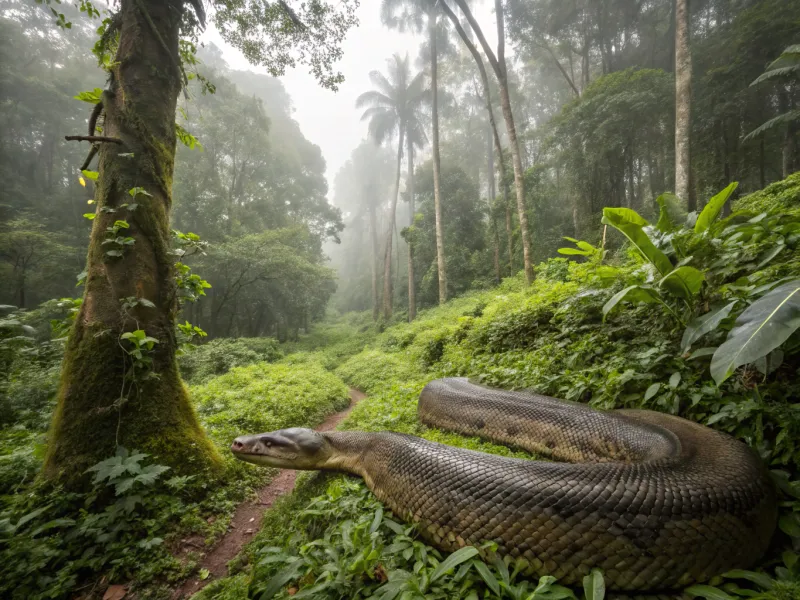
In the lush, tropical forests of ancient North Africa, the Gigantophis slithered with a presence that commanded respect. Imagine a snake so massive, its very movement through the underbrush could be felt by all creatures nearby.
This mammoth serpent was once a dominant force in its habitat. Despite its size, Gigantophis was a master of stealth, effortlessly blending into the verdant surroundings until the moment it chose to strike. Its diet likely included other large animals, reflecting its status as a top predator.
The study of Gigantophis fossils provides a window into a world long past, shedding light on the environments and ecosystems of ancient Africa.
Though it no longer exists, the Gigantophis remains a creature of endless fascination, inspiring many to imagine what life in those primeval forests might have been like.
5. Sanajeh
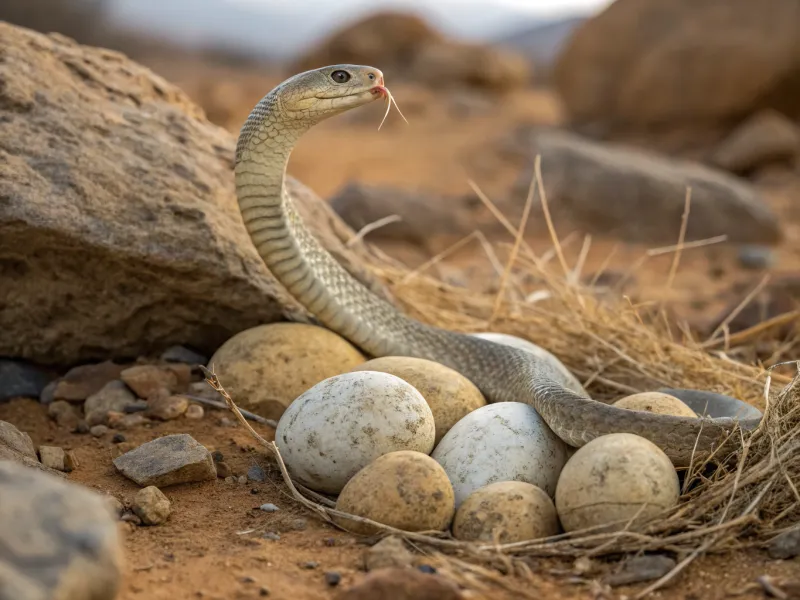
In the semi-arid regions of ancient India, Sanajeh carved out a niche as a unique predator. This prehistoric snake, though not the largest, was no less impressive in its own right. Envision a landscape where dinosaur eggs lay vulnerable, and Sanajeh, with its slender form, took advantage of this opportunity.
Its ability to navigate the rocky terrain with ease enabled it to become a specialist in raiding nests. Sanajeh’s presence underscores a complex ecosystem where it played a critical role in maintaining ecological balance.
Fossils of the Sanajeh offer glimpses into its life and interactions with contemporaneous species. Though it vanished from the earth, the Sanajeh’s story continues to be unraveled by paleontologists, revealing the intricate tapestry of life that existed in prehistoric India.
Its ingenuity and adaptability make it a subject of enduring interest and study.
6. Vortex Viper
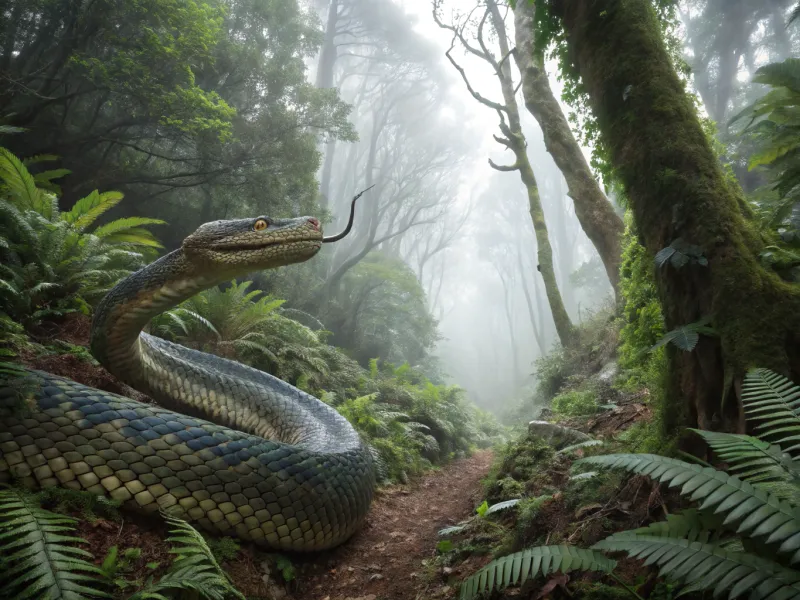
The Vortex Viper was an enigmatic predator, famed for its hypnotic spiral patterns. These creatures thrived in dense prehistoric jungles, where they used their unique markings to mesmerize prey.
Imagine a snake so mesmerizing, its very presence could disarm you. With iridescent scales reflecting light in a kaleidoscope of colors, it was a spectacle of nature’s artistry.
Their hunting technique involved a rapid, swirling motion, creating an optical illusion that confused prey before striking with lethal precision. Though extinct, the legacy of the Vortex Viper lives on in tales of wonder and awe.
7. Phantasmagoria Serpentis
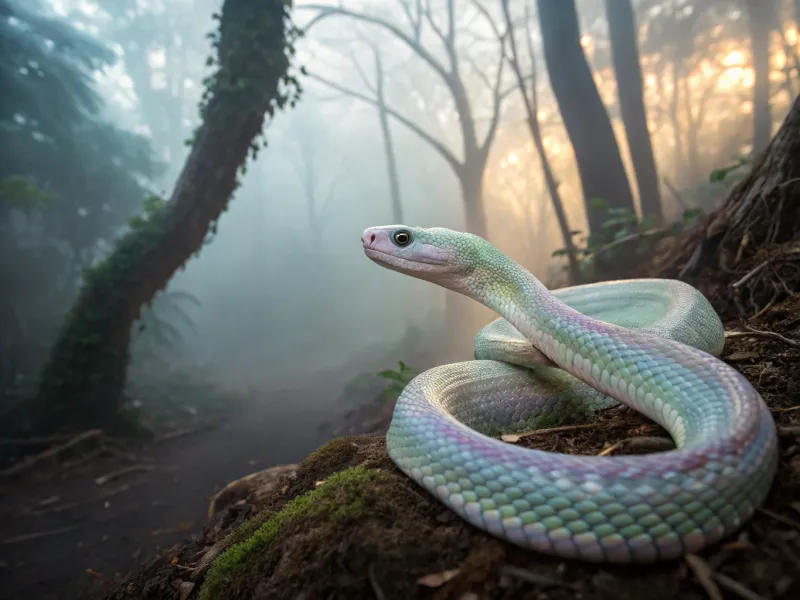
Phantasmagoria Serpentis, a mystical serpent of ancient lore, was unlike any snake seen today. It sported shimmering, translucent scales that caught the light in a dance of colors.
This ethereal creature navigated the misty jungles of the Paleocene epoch. Legends speak of its mesmerizing gaze, capable of entrancing prey into a trance.
Its diet likely included small mammals and birds, a testament to its adaptability. Fossils are rare, often preserving only ghostly impressions. Some researchers suggest this snake inspired myths of spectral serpents haunting ancient worlds, its legacy weaving through both scientific and fantastical narratives.

